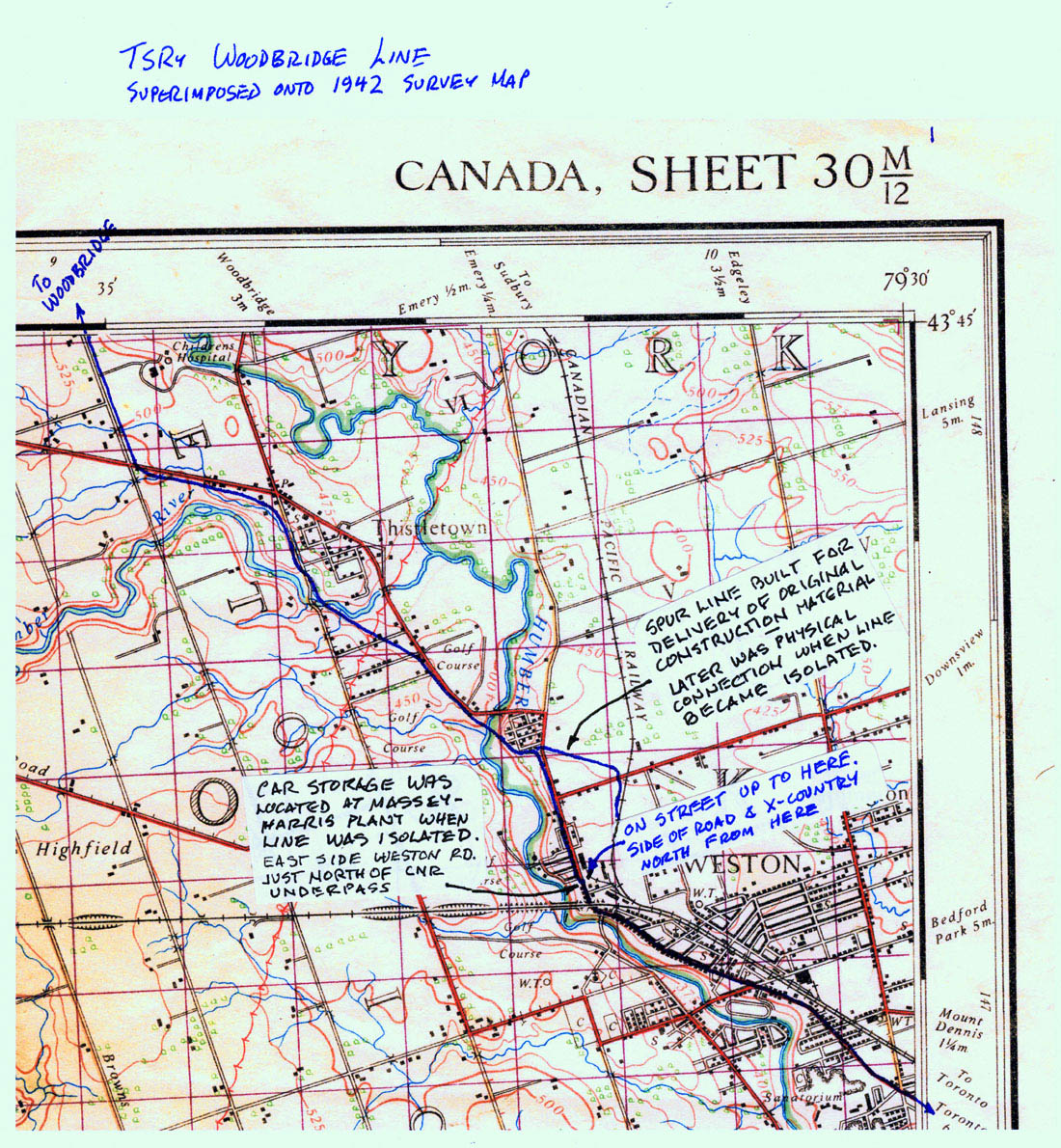adma
Superstar
Well, does the QEW look like a Depression-era highway? After all, it is. The Depression was, in fact, noted for being the initiation of a semi-command economy in North America. One of its hallmarks is the use of construction projects to enhance infrastructure as a means of redistribution of wealth, and this was particularly true in rural areas which were the hardest hit (the best example I can think of is the Tennessee Valley Authority project). Yes, that looks very much to me like a Depression-era bridge, or later, and not much like a road bridge predating the First World War.
What I was asking about, in conjunction with your statement, were hints as to the specific details about the bridge you'd noticed that typify the era of which you're suggestion it's characteristic. For example, the warning stripes on the edges of the bridge date to a standard adopted, if I'm not mistaken, in 1935. Now that doesn't mean the bridge isn't older than that (the stripes could, of course, have been applied later), but it is at least an indication of some kind of dating the bridge. That's the sort of detail I expected you were drawing your conclusions from.
Er...actually, I think it's fairly self-evident that the stripes would have been applied later, as a matter of course, to this and most any other such older truss bridge which was still operational in a post-1935 era.
As far as "specific details" goes, it's in such things as the kind of truss it is, the scale of the members, the bridge railings, the portal-framed transverses etc. By the 1930s or later, this kind of construction would have been too flimsy for even "minor" road traffic--and at the same time, it's too "thought-out" to be a Bailey-type temp structure. It registers as something older and more "permanent" (for a pre-mass-motoring age) in intent.
You seem to be under this impression that metal truss road bridges scarcely existed before the depression. Browse this database; check the dates, check the truss details, check matters like style and scale (by the 30s, we'd be talking more sober, sturdy and severe), and compare with Flindon. True, it's an American database, but it isn't like rural Southern Ontario was that much more backward--you're reading too much into certain wooden crossings and gaps in the grid. Sure, cases like this might not conform to the textbook historical geographic narrative of Rural Southern Ontario; but it's because you're reading the textbook too narrowly. (That's where "spot research" comes in.)
Though I could also understand how one can be deceived, because road trusses like this are exotically rare today--and where they've survived, they're subject to extreme weight restrictions or retired into bike/pedway crossings, or just abandoned, often too remote to "register" in the public imagination. (Had Flindon lasted another couple of decades, there'd probably have been a rally to save it as a piece of engineering heritage.)
Lone Primate, you may have your textbook history down pat; but as an informed visual judge and dater of bridge engineering, you leave a lot to be desired...








